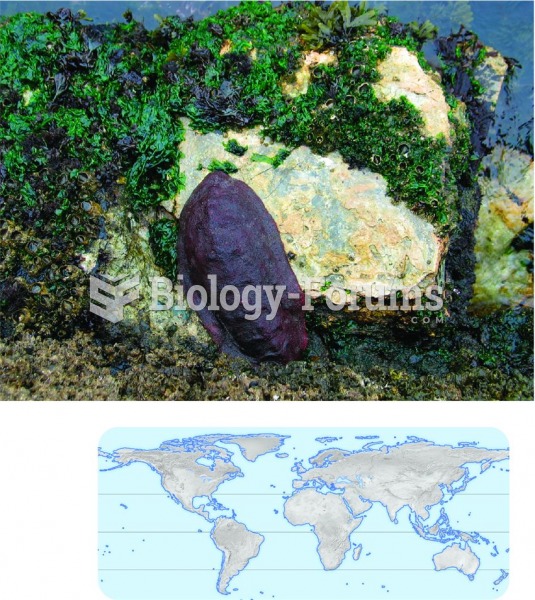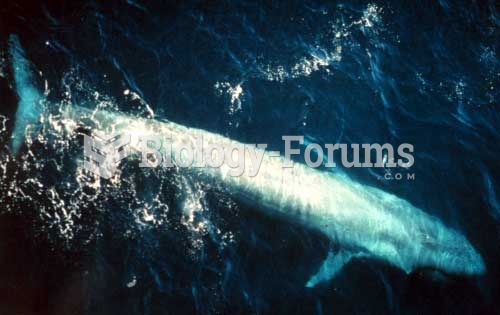Answer 1
Las Vegas scored big because much of the spending by their visitors remained in the area. Although the casinos and hotels bought supplies elsewhere, more money spent by visitors to Las Vegas remained in the area than left. This is referred to as the leakage factor. Thus, the direct spending turned into incomes for those working at the casinos and hotels, who, in turn, spent and respent the money through the indirect and induced effects. Also the level of individual visitor spending is higher in Las Vegas than Atlantic City because they stay longer on average. Visitors to Atlantic City are mainly day-trippers who spend much less per capita on average. The main factor, however, is that much of the spending in Atlantic City leaks out of the area because of a smaller catchment area and the fact that most of the casino employees who receive incomes off of the visitor spending live elsewhere.
Answer 2
Since its inception, network television giants have focused on drawing the largest audiences possible, and especially the desired 18-49 year olds who are most likely to spend their money for the type of products produced by large advertisers. Thus, TV ads from travel companies are relatively scarce compared to the size of the industry because leisure travel occurs most heavily among older groups, especially after the age of 45 when children have left home and couples can now pursue goals and desires they have long held in check. Cable TV took a different approachgo after niche markets with specialty programming. And they have picked up considerable travel advertising in the process (note the success of the Travel Channel). Now the content and types of audiences that cable channels attract are of interest to ABC, CBS, and NBC because they have lost up to a third of their total audiences. Networks are now examining how to target some niches better, especially during non-prime time viewing hoursa good time to catch the market of mature travelers, many of whom are retired and available during daytime viewing hours.







